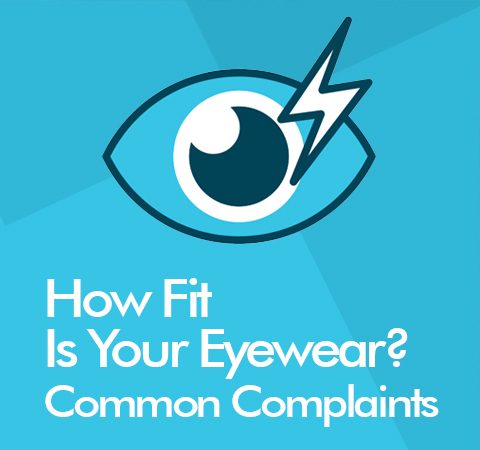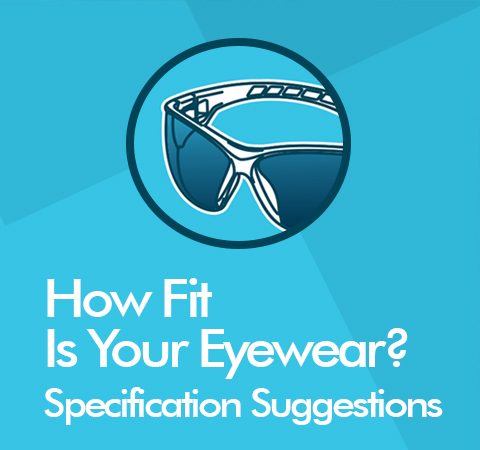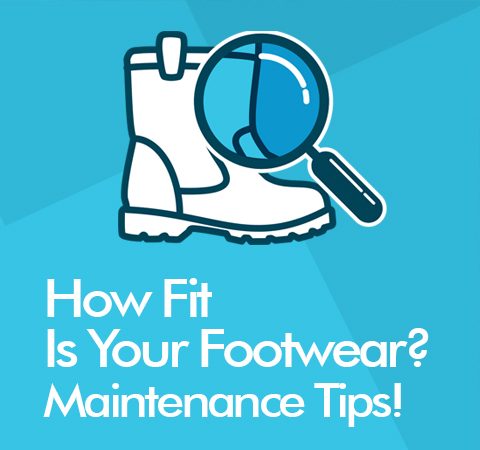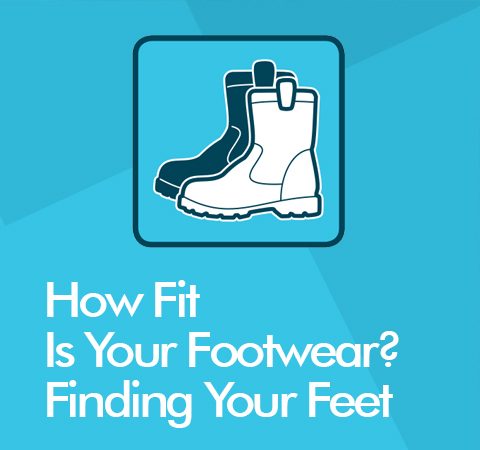Workplace eye injuries can be life changing, yet despite safety eyewear being one of the of the most important pieces of PPE, a ‘one size fits all’ approach is often wrongly taken. Eyewear is compulsory for a wide-range of sectors, but poorly specified glasses can cause the user discomfort and ultimately lead to non-compliance. For any business, the objective should be to achieve 100 percent conformity and in order to achieve this the closer you specify to the
individual’s needs, the greater the results.
Common Eyewear Complaints and How to Avoid Them
Unfit eyewear can cause a host of related issues, such as reduced productivity due to impaired vision or serious injury if removed. However, this can be mitigated against if the right product is selected in the first place. Here are the top complaints with advice on how to avoid them:
1. Eye Strain
This symptom of poorly specified eyewear can be relieved by sourcing glasses with quality scratch resistance and the correct lens type. If safety eyewear has poor scratch resistance this will soon impair the user’s vision and the muscles in the eyes will have to work harder to be able to see through the lens. Scratched lenses are also a concern as visibility is reduced so the wearer may not be able to see upcoming hazards.
2. Fatigue
Tiredness not only affects the individual but can also have an impact on the smooth running of an organisation as well. Overtired workers are less productive and far more likely to be involved in accidents that would ordinarily be avoided. This can be lessened through the use of quality panoramic eyewear, such as Pyramex Ever-Lite, which provides an unobscured field of vision. High tech coatings can also improve vision, enabling employees to work for longer periods without loss of concentration.
3. Headaches
Poor quality eyewear can cause headaches, which is a real concern for businesses as it can result in wearers removing their eyewear to relive the pain. The weight, finish and fit of the safety eyewear is therefore key here. Softer materials around the nose and temples allow the safety eyewear to mould to the wearer’s unique face shape and help to reduce pressure.

You can download this guide as a PDF here!





